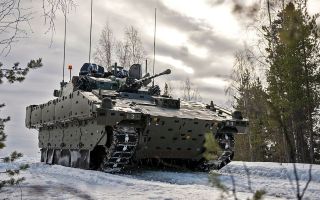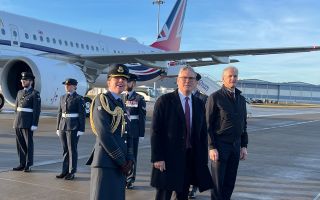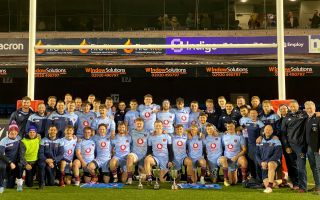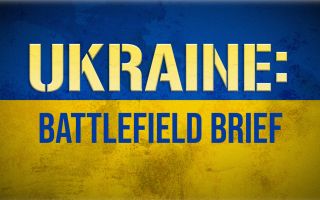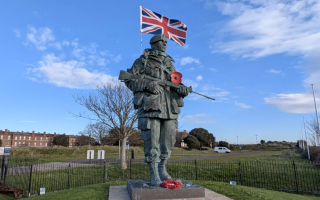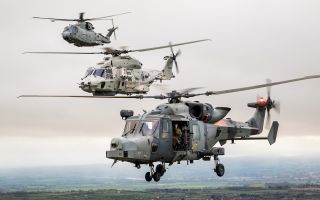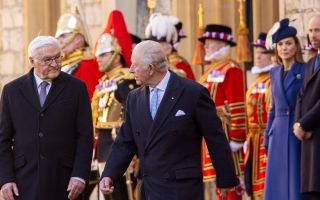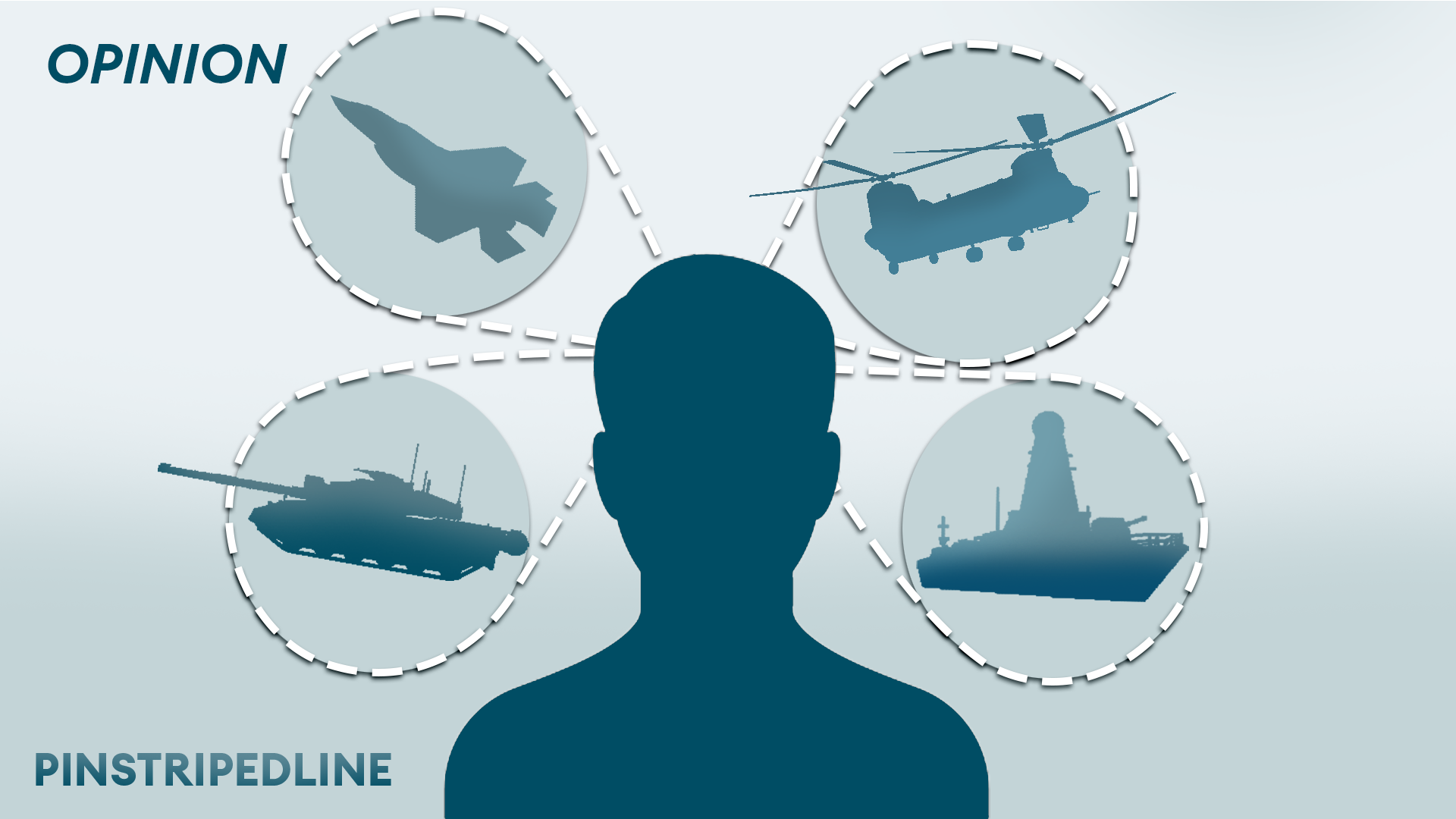
What does it take to keep the Carrier Strike Group 25 operating at sea?

The Royal Navy has begun the biggest deployment of maritime power in years, as the aircraft carrier HMS Prince of Wales – supported by British, Canadian and Norwegian escorts and supply ships – embarks on an eight-month-long deployment to the Indo-Pacific.
This is a major event, encompassing exercises and operations with 40 different countries, including Nato partners and Five Eyes allies.
It is the most significant deployment by the Royal Navy since the Carrier Strike Group (CSG) deployment in 2021 and is known as Op Highmast.
In fact, all navies rely on some kind of support far from home, through access to ports, air supply and other factors, ensuring that their warships can remain deployed for the long term.
In the case of Op Highmast, the Carrier Strike Group 25 (CSG25) will be supported, at least in part, by the RAF, access to a global network of naval bases and the vital role of British defence attachés, based in embassies around the world.
While deployed abroad, the Royal Navy group will require regular deliveries of spare parts for maintenance and repairs, personal and professional mail, deliveries of supplies and the movement of personnel as they join or leave the ships.
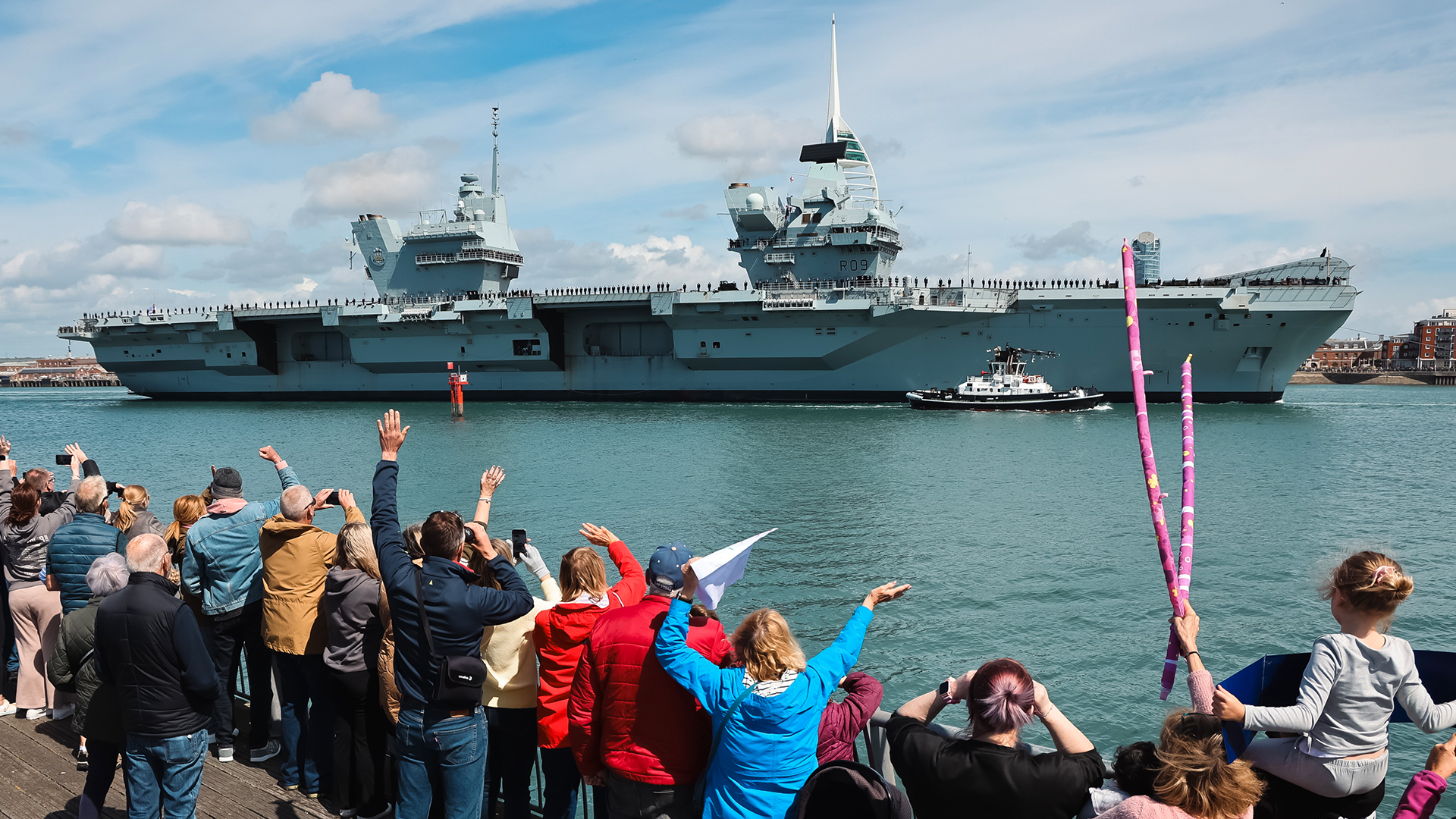
It is not always possible to reply on civilian airlines to fly out sensitive military equipment to an airport, or to charter a jet to fly a spare part out when required.
Instead, the RAF will use its fleet of C-17 Globemasters, A330 Voyagers and A400M Atlas aircraft to move goods and stores as required to an airport near where the ships may be.
It can then more easily be moved from the airport to either a port or transferred by air to the ships at sea.
This is a vital task, as it ensures that high-priority spare parts or sensitive military equipment can be delivered quickly and securely to the task group.
The aircraft, based at RAF Brize Norton in Oxfordshire, will be able to make use of existing RAF bases or operating sites, like in Gibraltar or Cyprus, or alternatively airbases used by allies.
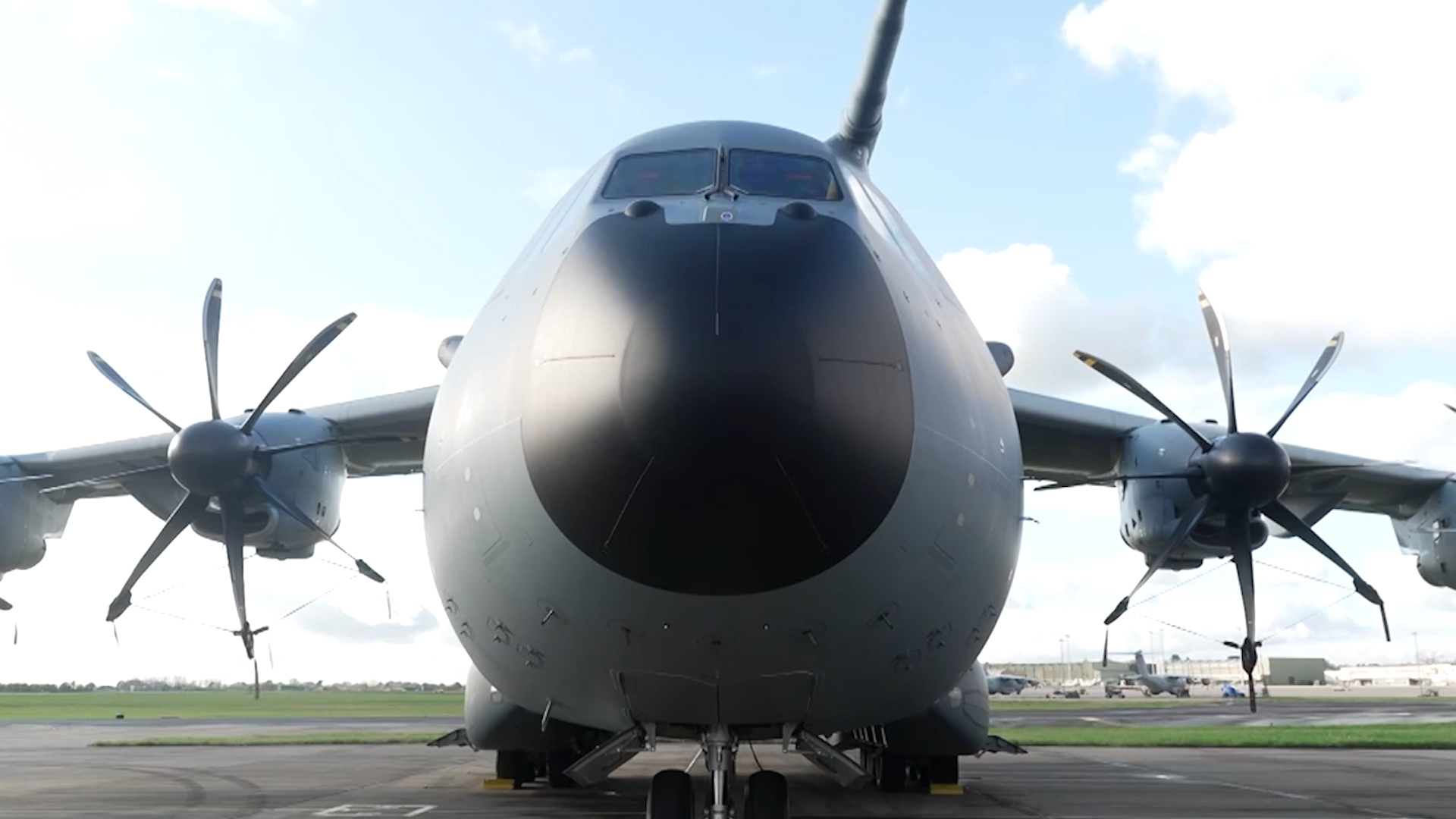
Alternatively, they could use Nato or other allied bases and have the cargo handled by trusted allies.
Once the aircraft have arrived though, how does the cargo get to the ships themselves?
There are a couple of different ways of doing this, depending on where the ships are.
The first and most obvious route is to drive it down to the docks if the ship is in port – although this can be harder than you might think.
Trying to sort out the logistics of moving a cargo that may contain explosives, or other hazardous goods, or highly sensitive military equipment, is not always easy.
This may require working with the host nation, securing dedicated transport, or looking at other ways to move it into a port.
It also requires a lot of coordination with the host country to get their approval to move military goods around from airports to ports.
Helicopters an alternative
The alternative is to use helicopters from the carrier group to fly into a local airhead and pick up cargo as needed.
During the 1990s, the Royal Navy and RAF maintained a detachment at Bari airport, which acted as the logistics hub for the aircraft carrier deployed in the Aegean as part of the UN force.
This ensured that stores could be flown into a secure land base and transferred by air out to the carrier when required.
The same model can be used on Op Highmast, with the Navy not necessarily calling into port, but using airports to collect mail and stores for the force.
While the ships can stay at sea for long periods, though, particularly with tanker support for fuel, there will always come a point when they need to pull into harbour for maintenance, rest and resupply.
For this deployment, the Royal Navy will be able to draw on its facilities in Gibraltar, Oman, Bahrain, Diego Garcia and Singapore, all of which can provide logistic support when needed.
Singapore, for instance, has a large MOD-owned fuel depot and stores facilities and can easily support RAF flights in and out of the country.
Duqm in Oman has been developed in recent years to support Royal Navy ships, including a dock capable of berthing an aircraft carrier.
There are also allied facilities across the Mediterranean, for example, the Nato facilities in Souda Bay, Crete, which can provide invaluable support ahead of transiting the Suez Canal.
This global network of shoreside infrastructure makes a huge difference – it gives the UK access to secure naval bases which support ships, as well as carry out any work necessary to remain operational.
This is a big difference to many other navies, which lack this global footprint and find staying at sea and deploying far harder.

The final way that enables CSG25 to stay at sea and be properly supported is the extensive network of British defence attachés based around the world in embassies and High Commissions.
The role of the defence attaché (DA) is not just to maintain good relationships with their host country or attend cocktail parties.
A vital part of the job is to enable support for wider British military activity when needed.
For instance, if an RAF flight heading for Singapore with spare parts needs to overfly various countries, diplomatic clearance is often needed to transit their airspace.
To get this requires the DA to work, often at very short notice, to secure approval for the RAF to overfly without being diverted or delayed.
When you look at the number of countries that a flight from the UK to Singapore may overfly, it is possible to understand the scale and vital role of the global defence network to facilitate support to the CSG.
Similarly, the DA network plays a vital role in enabling port access, securing diplomatic clearance and arranging local support for supply, fuel and security.
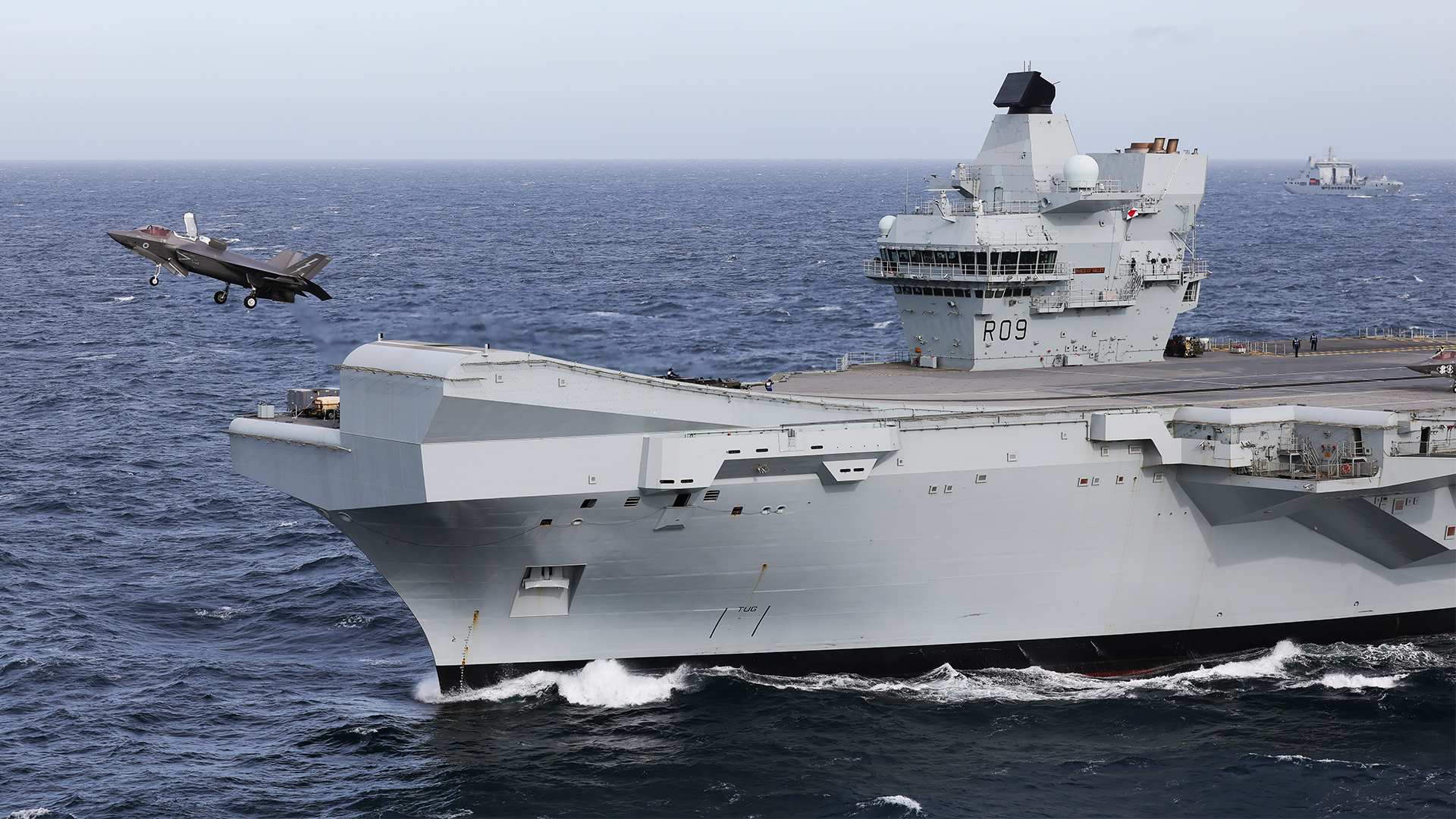
All ships' visits to a port require a lot of coordination, diplomacy and effective joint work with local security authorities to ensure that it goes ahead as safely and smoothly as possible, and when problems arise, fix them discreetly.
This requires local links and good relationships with the host nation to make it happen.
Again, this is best done via the DA's office, ably supported by staff from the Foreign Office.
Brought together, it is clear that while HMS Prince of Wales and her escorts can operate with a great deal of autonomy far from land, they are also dependent on many organisations for their support.
From RAF air transport providing strategic airlift from home to naval facilities around the world and even defence attachés in landlocked countries that the RAF need to fly over, thousands of people from all three services and the Civil Service will play a vital and unsung part in ensuring that Op Highmast is a success.
@PinstripedLine is an esteemed defence and security blogger, providing expert insight and analysis.
For more reports about Carrier Strike Group 25 click here.


